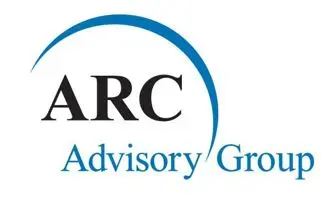

In today's world, the construction and infrastructure sectors are undergoing a transformative shift, with sustainability in modern  infrastructure at the forefront. As urbanization accelerates and the global population continues to grow, the demand for infrastructure that is both functional and environmentally friendly and sustainable continues to grow.
infrastructure at the forefront. As urbanization accelerates and the global population continues to grow, the demand for infrastructure that is both functional and environmentally friendly and sustainable continues to grow.
Sustainability in infrastructure goes far beyond just using eco-friendly materials. It encompasses a comprehensive holistic approach that considers the long-term impact of the project on the environment, society, and economy over its entire life cycle. This means that infrastructure projects must be designed to last, with minimal maintenance, while also minimizing their carbon footprint and resource consumption.
The construction industry, while historically reliant on manual labor and traditional methods, has begun to embrace technology to address these challenges Advanced tools and software are being developed to aid in the design, planning, and execution of truly sustainable projects.
Digital Modeling and Simulation: Before the actual construction begins, digital models of the project are being created to simulate the environmental impact. This allows for any potential issues to be addressed early – often before construction begins.
Carbon Assessment Tools: With the increasing emphasis on reducing carbon emissions, tools that can accurately measure and predict the carbon footprint of a project are increasingly important. These tools provide insights into how different materials or construction methods might affect the project's overall carbon emissions.
Automated Construction: Automation, through the use of robots and drones, can lead to more precise construction, reducing waste and ensuring that projects adhere to their sustainable design.
While the benefits of sustainable infrastructure are clear, there are challenges:
Cost Implications: Sustainable materials and technologies can require significant upfront capital expenditures. However, it's essential to consider the long-term savings from reduced maintenance and resource consumption.
Stakeholder Alignment: Multiple stakeholders, from government bodies to local communities, are involved in infrastructure projects. Ensuring that all parties are aligned on the sustainability goals can be a significant challenge.
Knowledge Gap: The construction industry needs to be educated and trained on the latest sustainable practices and technologies.
When discussing sustainability, it's crucial to address both embodied and operational carbon. Embodied carbon refers to the carbon emitted during the production of construction materials and the construction process itself. Operational carbon refers to the emissions produced during the use of the infrastructure, like a building's energy consumption. Sustainable infrastructure aims to minimize both.
Beyond just sustainability, modern infrastructure also needs to be resilient. This means that buildings, bridges, roads, and other structures should be designed to withstand natural disasters, climate change impacts, and other unforeseen challenges. Resilient infrastructure not only ensures the safety of its users but also proves to be more cost-effective in the long run, as it requires less repair and rebuilding.
The push for sustainability in infrastructure is not just a trend but a necessity for our rapidly changing world. As we continue to develop and expand our urban landscapes, it's imperative that we do so in a manner that respects and preserves the environment for future generations. With the aid of technology and a commitment to education and innovation, sustainable infrastructure can become the norm rather than the exception.

